Are you delivering an optimal experience for victims?
Answer our 2-minute checklist to determine if technology shortfalls are exposing victims to risks, and discover the solutions to help you manage them.



Respond to incidents more efficiently and heighten public trust with technology designed for emergency services.
Answer our 2-minute checklist to determine if technology shortfalls are exposing victims to risks, and discover the solutions to help you manage them.

Our innovative ecosystem is contributing to better outcomes for frontline staff and the communities they serve.
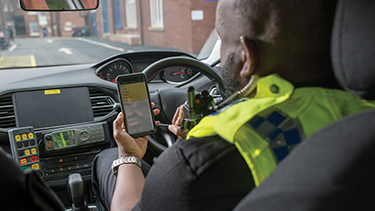
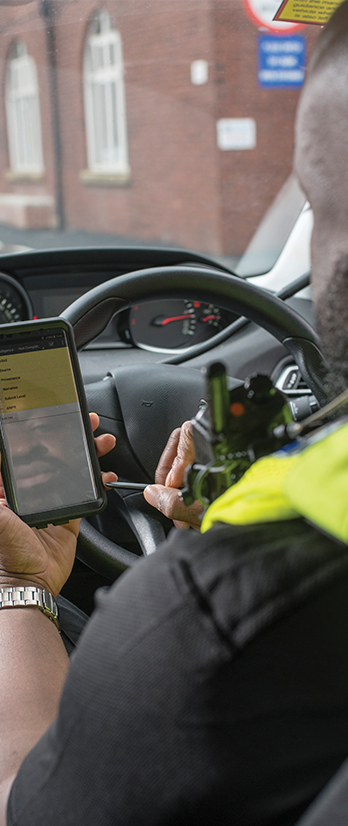
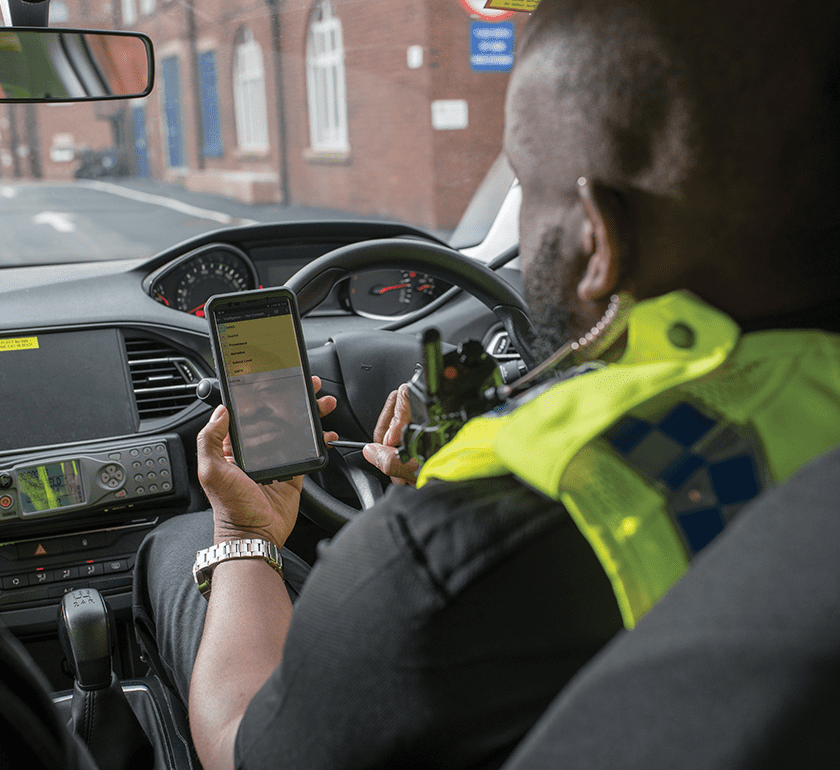
For frontline officers, situations can escalate from uncertain to unsafe in seconds. It’s essential that they’re equipped with technology that keeps them informed, aware and in control.
Our voice, video and data solutions strengthen officer safety, ensuring they’re always prepared to protect the community.



The remit of Fire and Rescue Services has evolved. Their diverse responsibilities now include attending large-scale environmental emergencies, as well as major multi-agency incidents.
In collaboration with the emergency services, we’ve developed our technologies to reflect these extended duties, providing fire service personnel with the devices and software they need to manage their own safety.



When lives are threatened, communications count. Paramedics require tools that prioritise their safety as closely as their patients.
Our technologies combine voice, video and data solutions to provide paramedics with vital patient information, while offering unparalleled protection.
Our industry-leading public safety solutions unify communications, software and video technologies on one mission-critical platform, facilitating better access to complete and accurate information.

Devices and infrastructure enable voice and multimedia data to keep you safe.


End-to-end software that allows information to flow seamlessly from call to case closure.

Ensure the devices and systems you rely on are up-to-date with the latest technology.

Telecom CLM upgrade to DIMETRA X Core
Watch case study video

Cologne deploys a TETRA control
room solution
Read case study

Trento deploys DIMETRA IP for
mission-critical coverage.
Read case study

Streamlined workflows maximise the value of digital evidence
Read blog
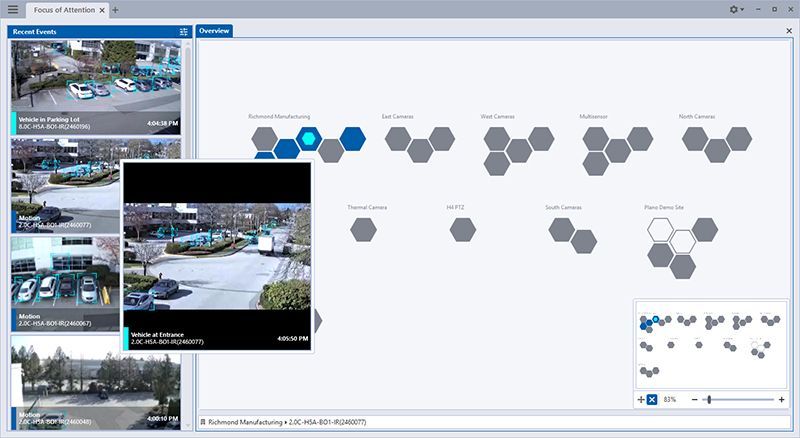
Video security: six key steps for public safety agencies.
Read blog

5 key demands for your emergency responder alerting solution
Read blog

Pronto features help Police Forces with social distancing
Read press release

Fire departments in Hamburg respond faster with tetra Pagers
Read press release

Motorola Solutions expands Croatian public safety network
Read press release

The making of a best-in-class body camera
Read blog
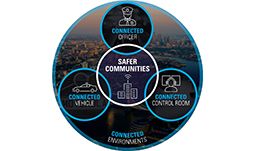
4 reasons why now is the time for interconnected incident response management technology
Read blog
Please wait...
Please wait...